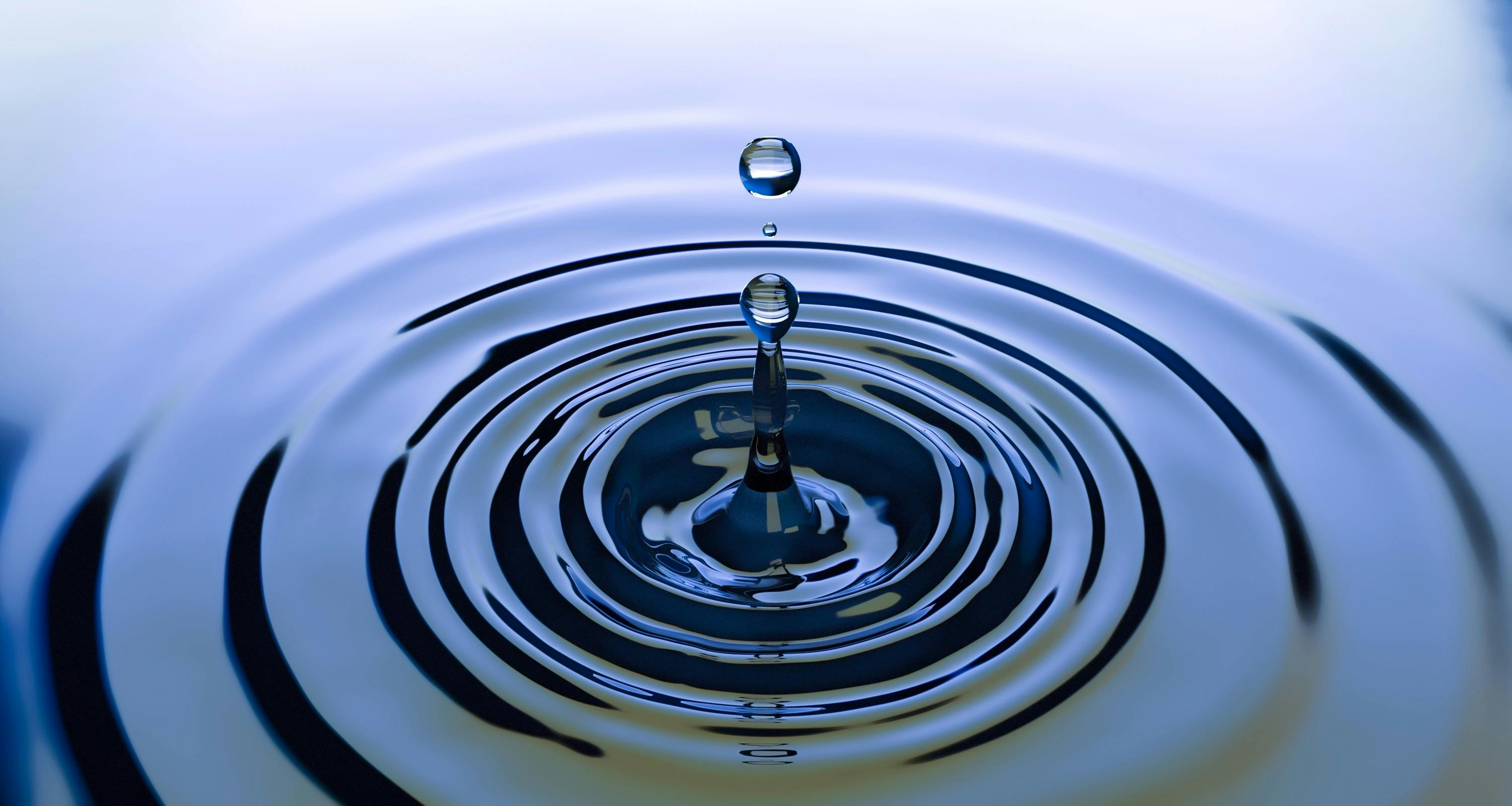
Course Content
Formula Sheet
Example 1
A student makes the following statements about different types of electromagnetic wave:.
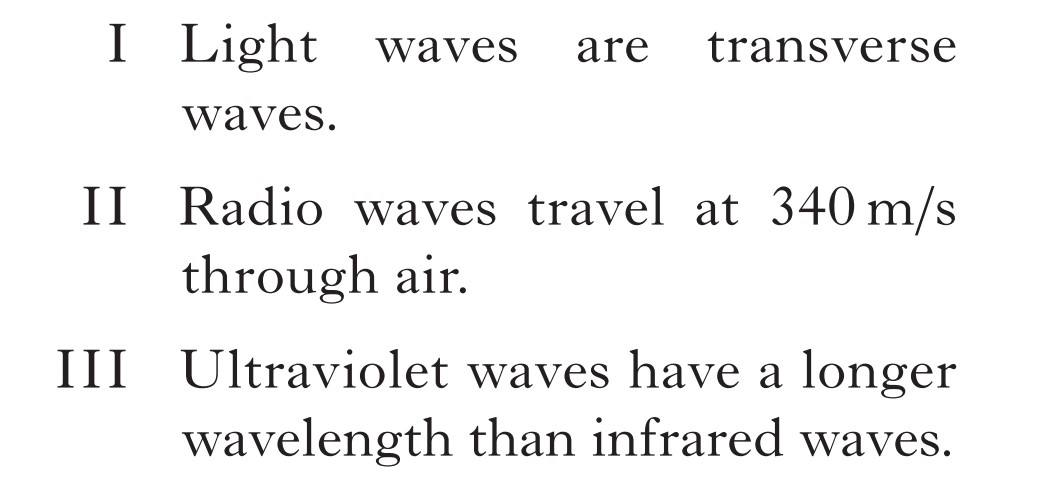
Which of these statements is/are correct?
Lets rule out every option:
The first statement is correct
All light waves are transverse waves.
The second statement is not correct
Radio waves are light waves, and all light waves travel at the 3 x 108 ms-1
The speed in the statement is actually the speed of sound.
The third statement is not correct
You need to remember the electromagnetic spectrum and their wavelengths/frequencies:

As you can see, Ultraviolet has a lower wavelength than Infrared, So:
The correct statement is A
Example 2
A ray of light is reflected by a mirror.
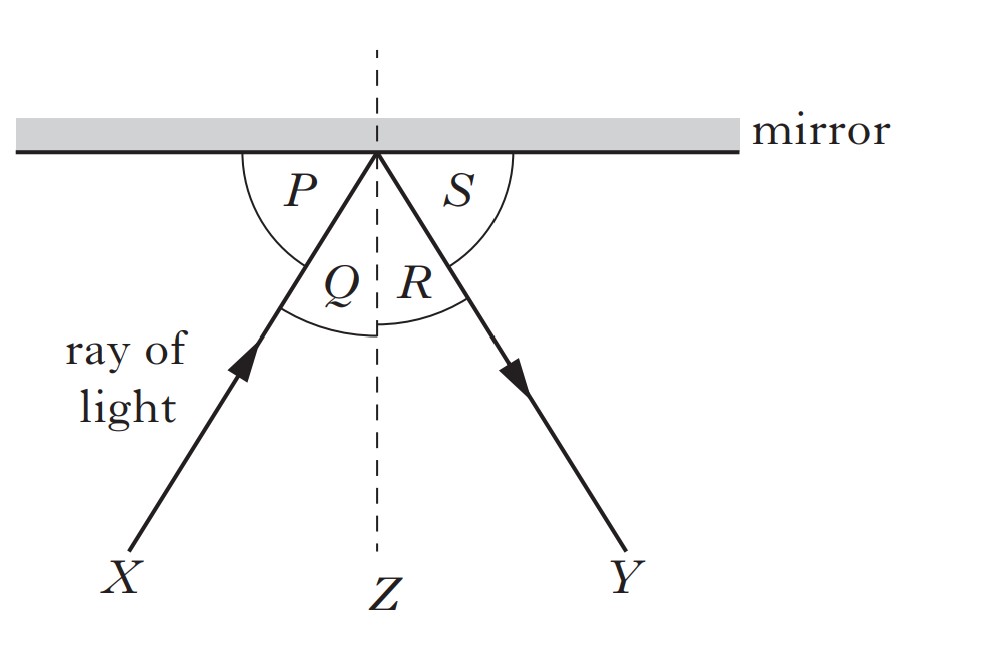
Which row in the table shows the angle of incidence, the angle of reflection and the normal?
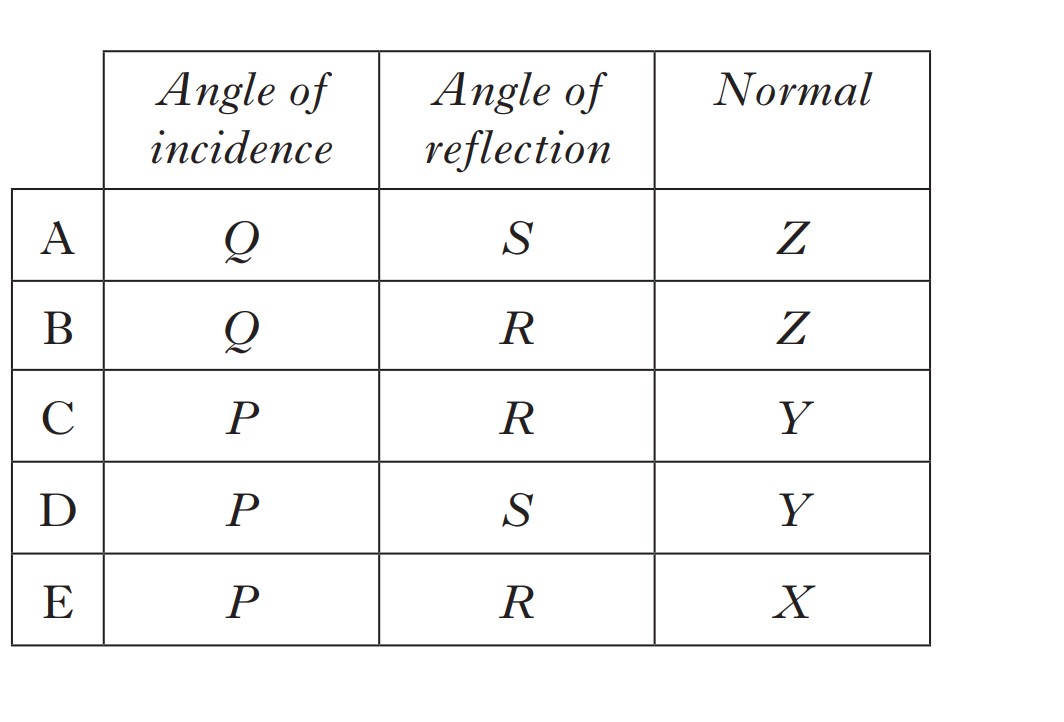
The Normal is represented using a dashed line and is perpendicular to the object. This is Z
Remember that angles are always measured from the ray of light to the normal, so we can discard P and S. This leaves us with:
Row B
Example 3
The diagrams show a light ray passing through a semi-circular glass block.
In each case one angle has been marked.
In which diagram is the critical angle marked?

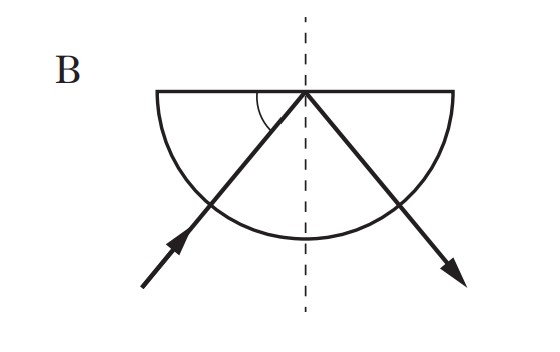
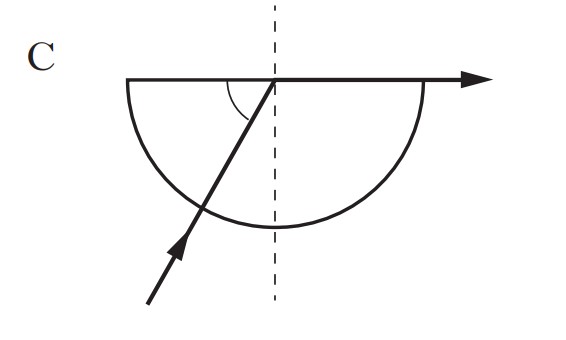
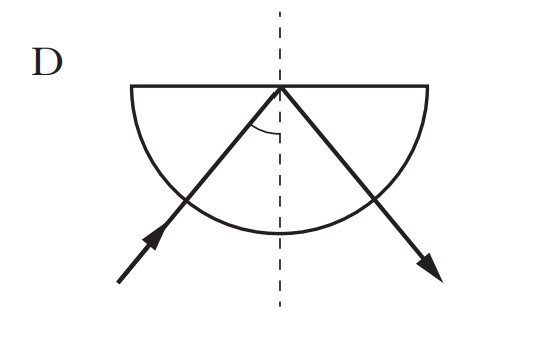
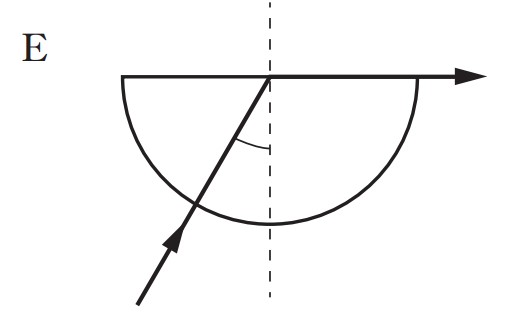
The critical angle is the angle of incidence that causes an angle of refraction of 90°
This means the refracted ray should leave the block parallel to the block.
Remember we measure angles from the ray to the normal.
So:
The correct answer is E
Example 4
There are many examples of transverse waves in our universe.
(a) Give an example of a transverse wave.
(b) Define transverse waves.
(a) Examples include water waves, any type of light waves e.g. microwaves
(b) Transverse waves are ones is which the particles of the medium vibrate at 90° to wave direction.
Example 5
A ray of light strikes a plane mirror at an angle of 40° to the mirror surface.
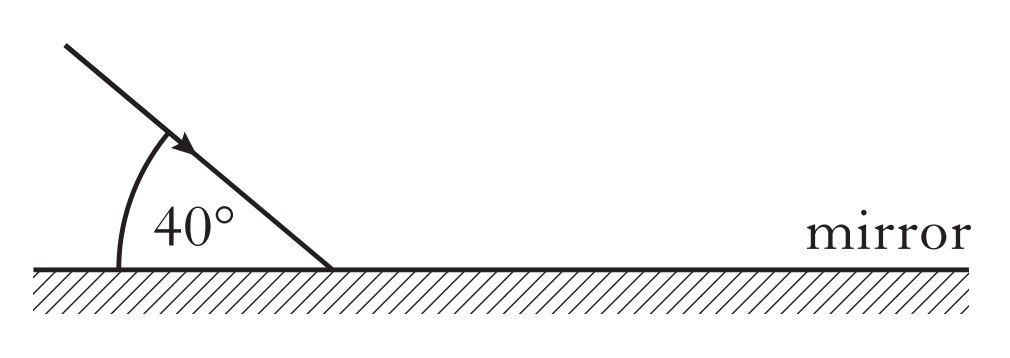
Which row shows the correct values of angle of incidence and angle of reflection for this ray?
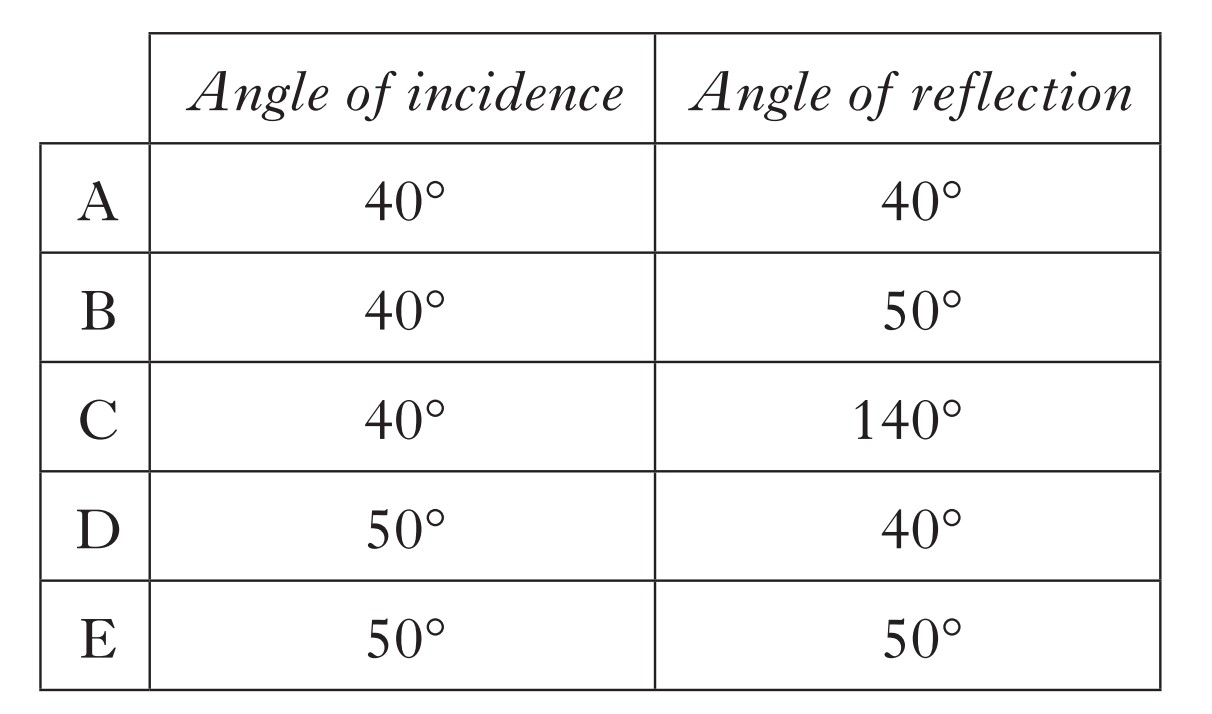
Lets draw in our normal and calculate our angles
Remember the Law of Reflection states that if a ray is reflected,
the angle of incidence is equal to the angle of reflection:
So the answer is E
Example 6
The diagram represents a wave.
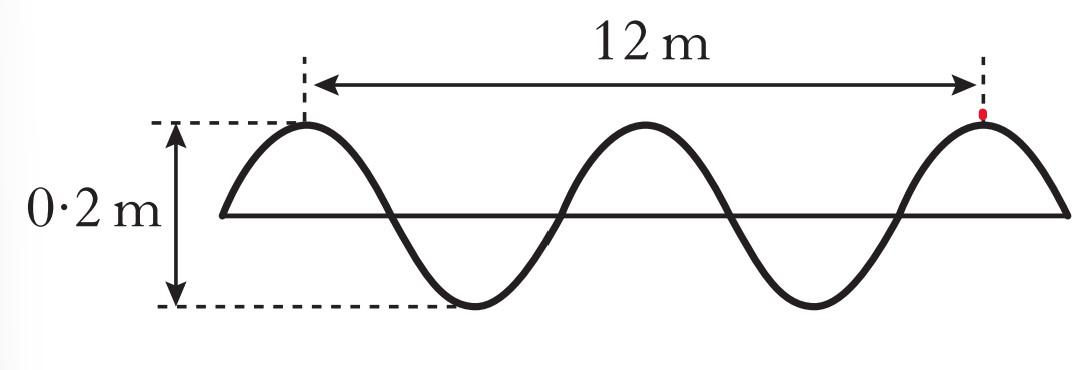
Which row in the table shows the wavelength and amplitude of the wave?
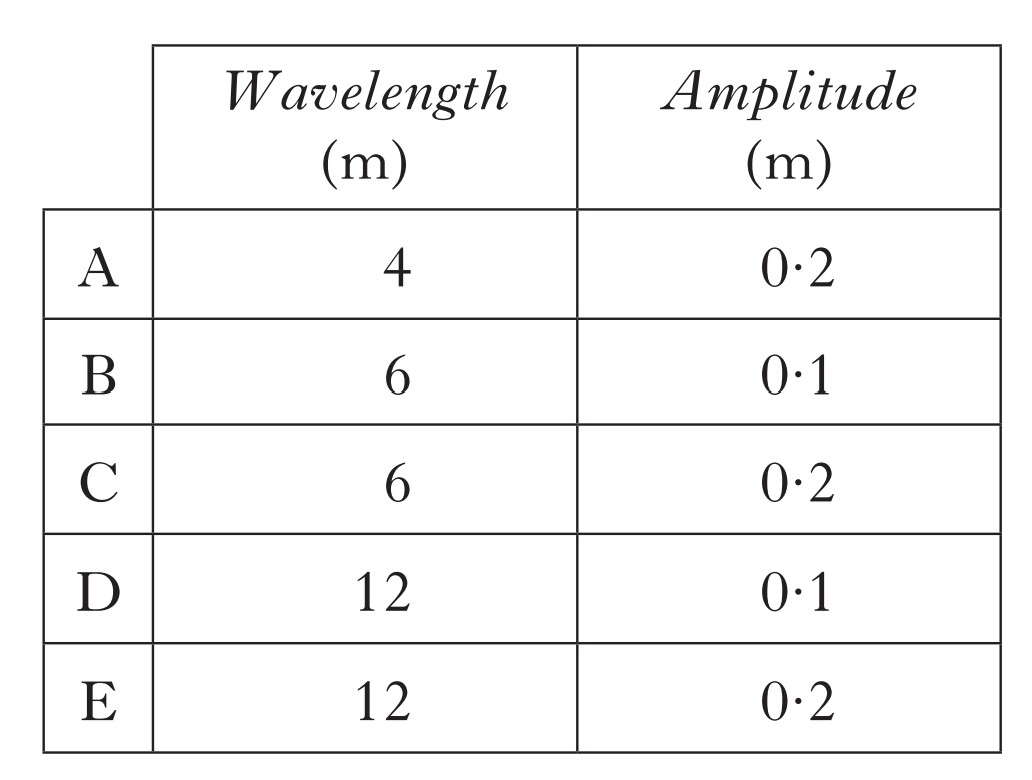
Remember, to calculate the wavelength, we count how many waves are in a given distance and divide the distance by the number of waves.
To count the number of waves, trace your finger on the wave and count how many times it repeats the same motion:
Here, there are 2 waves in 12m so the wavelength is 6m.
Remember for the amplitude, it's the distance from the zero position to either the peak or the trough.
Here, its 0.2m from the bottom of the wave(trough) to the top of the wave(peak),
So the amplitude is half that, which is 0.1m.
So the answer is B
Example 7
For the Commonwealth Games in Glasgow in 2014,
fibre optic links were used to carry TV signals from Hampden Stadium to the media centre.
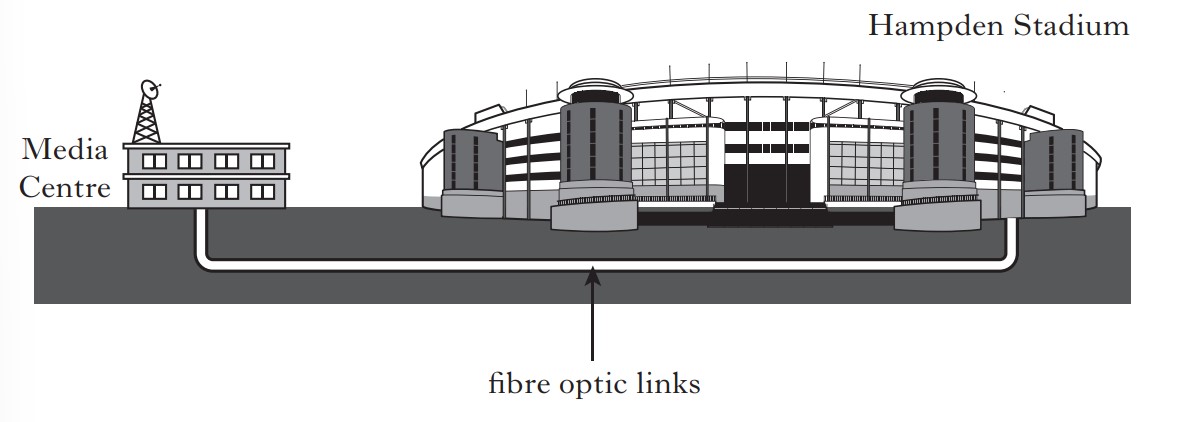
(a)(i) The fibre optical link consists of a bundle of glass optical fibres.
Name the effect used to transmit light through a glass optical fibre.
(a)(ii) The optical fibre has a length of 1.6km.
Calculate the minimum time taken for a light signal to travel along the fibre.(Hint: You will need the data sheet)
(b)(i) Volunteers directing spectators use mobile phones for communication.
A mobile phone uses microwaves of frequency 1200MHz.
Calculate the wavelength of these microwaves.
(b)(ii) A second mobile phone operates with a frequency of 1800MHz.
The signals from each phone travel the same distance.
How does the time taken for the signals from the second phone compare with the signals from the first phone?
(a)(i) Total Internal Reflection
(a)(ii) In this question, we use:
v = d⁄t
t = d⁄v
t = 1.6 x 103⁄2 x 108
Note: for v, the speed of light in glass is different to the speed of light in air,
So please take care when light/sound travels through another material!
t = 8 x 10-6s
(b)(i) In this question, we use:
v = fλ
λ = v⁄f
λ = 3 x 108⁄1200 x 106
Note: We use the speed of light for v, as microwaves are part of the EM spectrum,
and all waves in the EM spectrum travel at the speed of light.
λ = 0.25m
(b)(ii) This is a trick question, as the frequency does not affect the speed with which the wave travels at.
They both travel at the speed of light, so:
The time is the same.